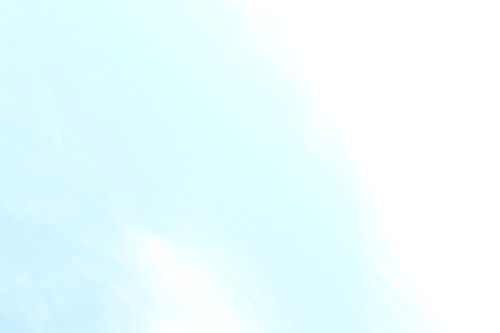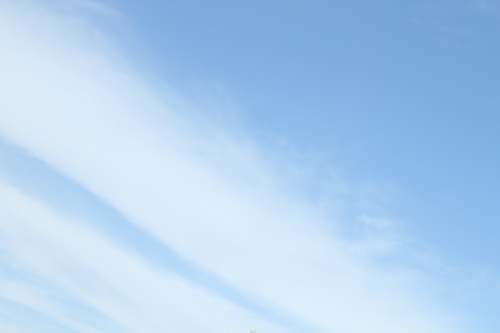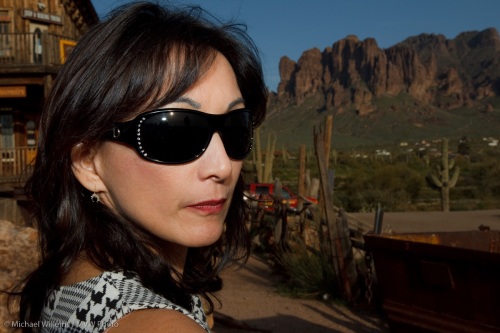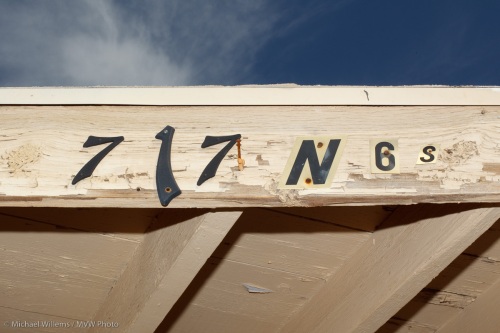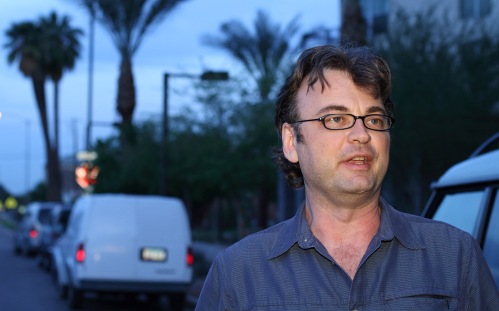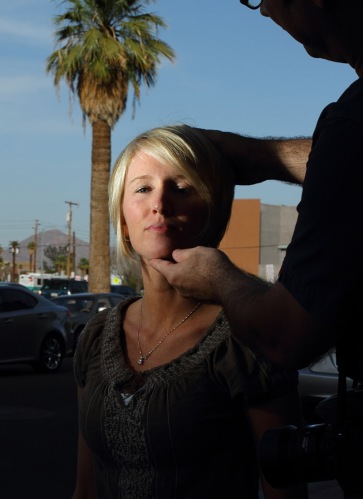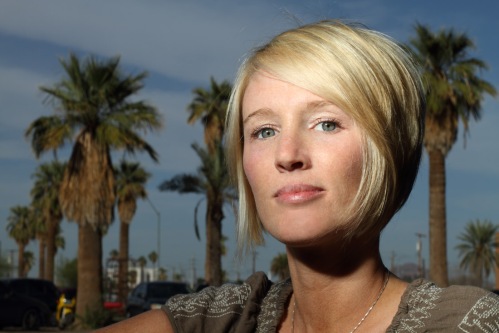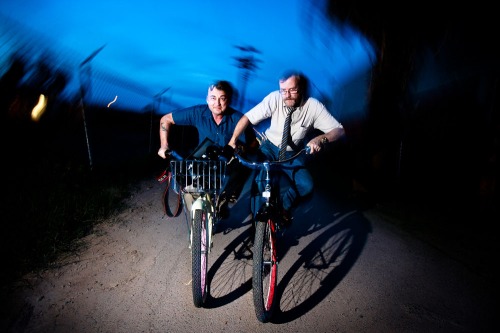Brightness is in the eye of the beholder.
For a creative photographer, it is meaningless to say “the sky is this bright” or “the sky is this dark”. Instead, on a given day with a given sky, you might say: “I’ll make the sky bright”:
Or “I’ll give it some colour”:
Or “I’ll turn it dark so I get dramatic saturation”:
You do this by exposing it more, or less. A blue sky can be anything from white if I overexpose it, to almost dark whrn I underexpose it.
That’s how I get pictures like the desert pictures the other day, or this, of my sister-in-law the other day too, on a bright Arizona afternoon:
Of course when I underexpose like that, she would be dark too, except I am using my flash to fill in the foreground.

